How To File a Personal Injury Lawsuit
Embarking on the journey to initiate a personal injury lawsuit can be a challenging endeavor, marked by intricate legal procedures and critical timelines that must be meticulously observed. From the initial steps immediately following an injury, to the strategic collection of evidence and drafting a compelling demand letter, each phase is pivotal in building a strong case. The complexity of navigating the court's filing processes further underscores the necessity for a well-informed approach. As we explore the nuances of each stage, understanding the importance of accessing specialized legal resources becomes increasingly apparent, setting the stage for a deeper exploration into the art of successfully filing a personal injury lawsuit.
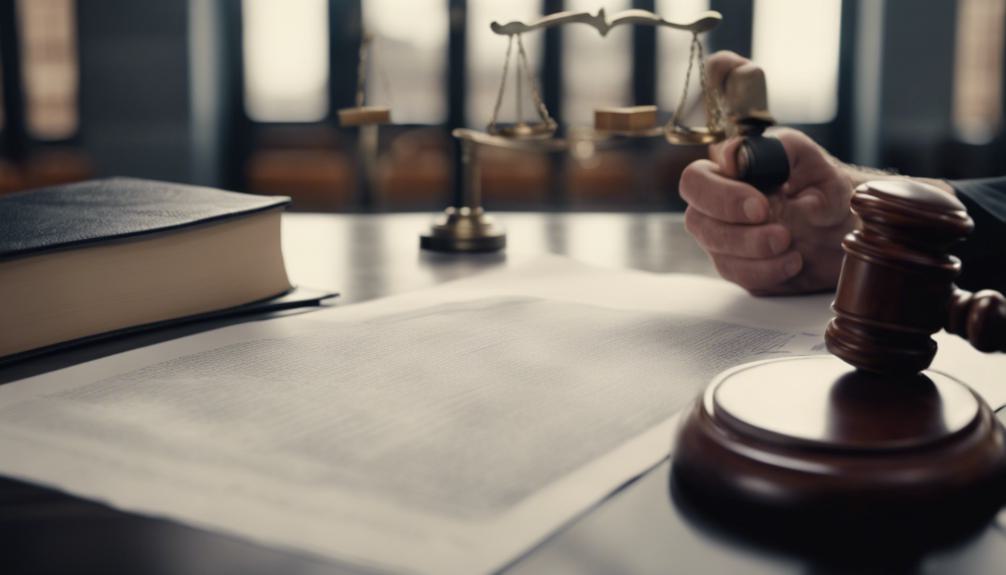
Key Takeaways
- Start by consulting with an attorney and gathering evidence, including medical records and witness statements.
- Draft and send a formal demand letter detailing the incident and damages prior to filing a lawsuit.
- Be mindful of the statute of limitations, which can range from 1-3 years depending on jurisdiction.
- Utilize legal resources like the Legal Services Corporation and State Bar Associations for guidance and support.
Understanding Personal Injury Lawsuits
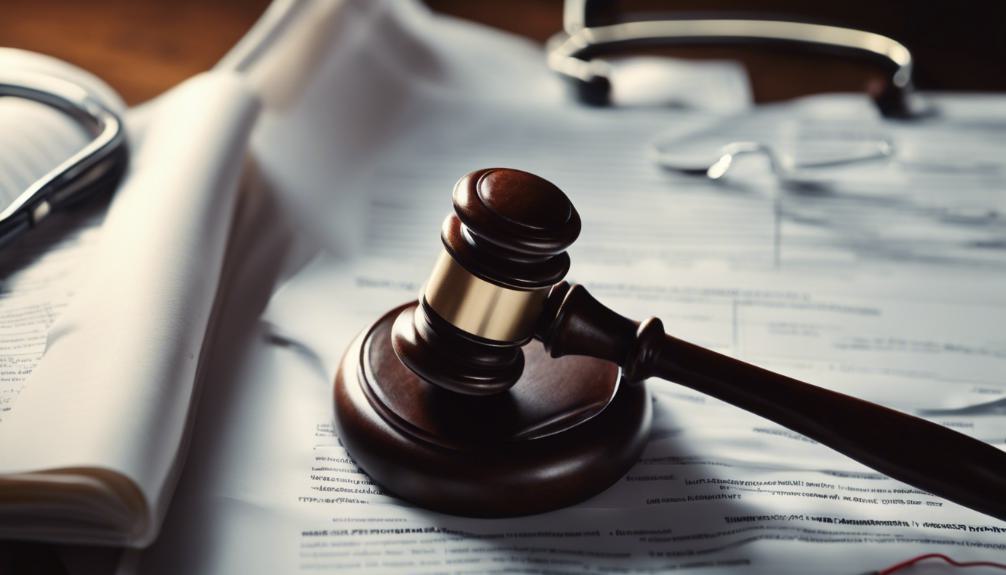
Exploring the complexities of personal injury lawsuits requires a thorough understanding of the legal process, from filing claims to courtroom proceedings. These lawsuits arise when an individual suffers harm from an accident or injury, for which someone else might be legally responsible. Engaging in such legal battles demands a thorough grasp of various elements including the determination of fault, assessment of damages, and the intricacies of negotiation versus litigation. With approximately 400,000 personal injury claims filed annually, yet only 4% reaching the courtroom, it becomes evident that the journey from injury to compensation is fraught with strategic decisions. This underscores the importance of leveraging legal expertise and resources to navigate the labyrinthine path towards achieving justice and restitution.
Timeline and Filing Requirements
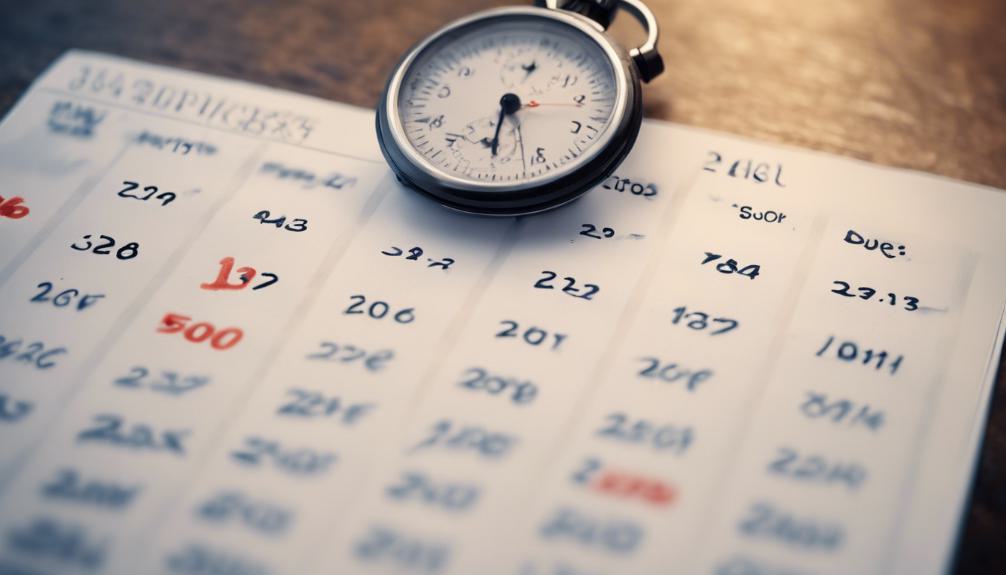
Understanding the timeline and filing requirements is essential for initiating a personal injury lawsuit effectively. Each jurisdiction has its own statutes of limitations for filing a personal injury claim, typically ranging from one to three years from the date of the incident. It's vital to be aware of these time frames as missing the deadline can bar your right to sue altogether. Additionally, there are exceptions based on specific circumstances, such as the discovery of the injury at a later date, which may extend the filing period. The initial filing process involves submitting a formal complaint to the court, detailing the incident and the damages sought. Adhering to these guidelines guarantees the claim is considered valid and can proceed through the legal system.
Initial Steps After Injury

Immediately after sustaining an injury, it is important to seek medical attention to document your injuries and secure your well-being. This step is critical not only for health reasons but also for the legal process, as medical records serve as an essential piece of evidence. Following medical treatment, consulting with a qualified personal injury attorney should be your next priority. A legal expert can offer guidance on the complexities of your case, including an understanding of the statute of limitations that applies. They can also help you understand your rights and the potential for compensation. It's crucial to act promptly, as delays can affect the viability of your claim. Engaging an attorney early ensures that you navigate the initial stages of your lawsuit with informed, strategic decisions.
Evidence Collection Strategies
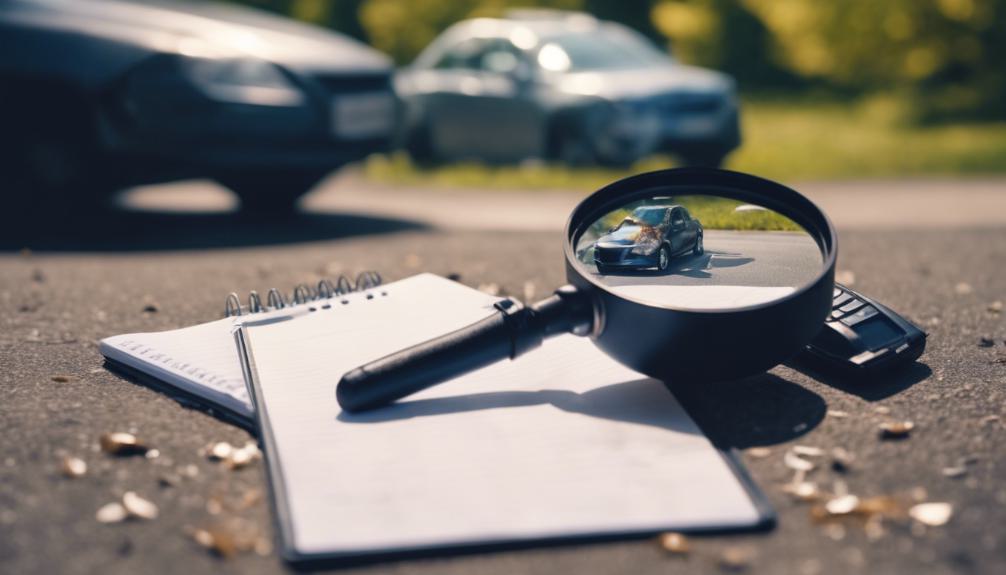
Collecting robust evidence is a cornerstone of building a compelling personal injury lawsuit. A meticulously prepared evidence collection strategy can greatly strengthen your case, showcasing the extent of your injuries and the defendant's negligence. This process involves gathering medical records, which provide a detailed account of the injuries sustained and treatments required. Witness statements, another critical component, can corroborate your account of the incident, adding credibility to your claims. Photographic and video evidence from the scene can visually demonstrate the circumstances surrounding the injury, offering a clear depiction of the hazards or negligence involved. Additionally, obtaining expert testimony can offer professional insights into the causes and impacts of your injuries, further solidifying your case. Each piece of evidence plays a pivotal role in constructing a persuasive argument for your personal injury lawsuit.
Drafting a Demand Letter

Crafting a demand letter is an important step in the personal injury lawsuit process, serving as the formal declaration of your intention to seek compensation for your injuries and losses. This document meticulously outlines the incident, the extent of your injuries, the negligence on the part of the defendant, and the damages you are claiming. It is essential to include all relevant medical reports, receipts, and any evidence that supports your claim. A well-prepared demand letter not only communicates the seriousness of your intent but also sets the stage for negotiations. It should be concise, yet detailed, providing a clear and compelling narrative of your experience and the impact it has had on your life. The goal is to prompt a settlement offer, avoiding the need for a trial.
The Filing Process Explained
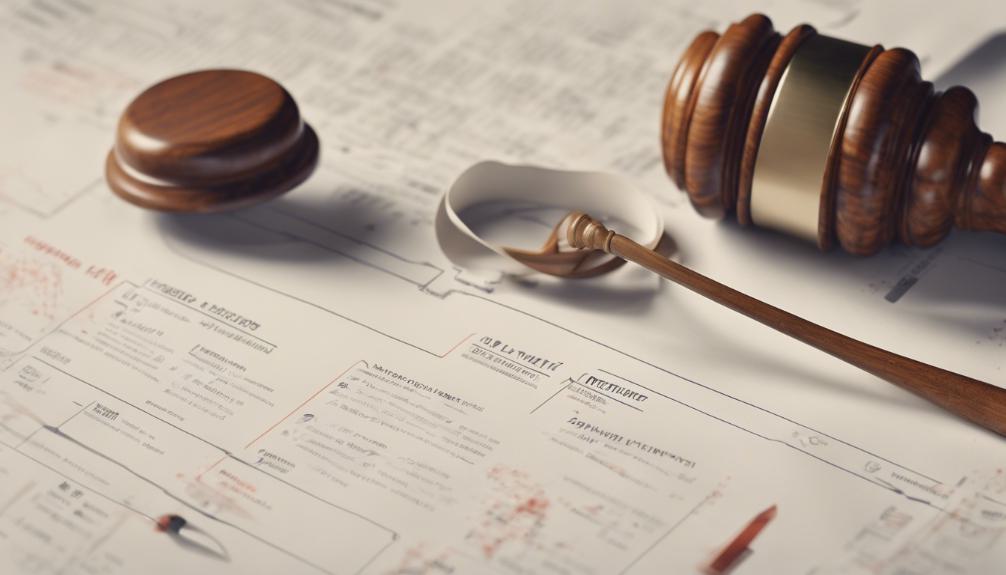
After drafting a thorough demand letter, the next critical step in pursuing a personal injury lawsuit involves formally filing a complaint with the relevant court. This legal document, known as the complaint, outlines the basis of your claim, including details of the incident and the damages sought. It must be filed within the statute of limitations, which varies by jurisdiction but generally ranges from 1 to 3 years. Upon filing, the court assigns a case number, marking the official start of your lawsuit. The defendant is then served with the complaint and given a set period, typically 30 days, to respond. This initiates the legal process, setting the stage for pre-trial proceedings and, potentially, a court trial if a settlement is not reached beforehand.
Navigating the Discovery Phase

Having outlined the initial steps of filing a complaint, it is imperative to understand the discovery phase, a period critical for both parties to exchange pertinent information and evidence related to the lawsuit. During this phase, both the plaintiff and defendant engage in the collection and sharing of documents, witness statements, and any other evidence that supports their case. Methods such as depositions, interrogatories, and requests for production are commonly utilized to gather this information. It's a strategic period where legal teams meticulously analyze the gathered evidence to build a strong case or defense. Ensuring thorough preparation and active participation in the discovery process is pivotal for the success of a personal injury lawsuit, as it lays the groundwork for trial or settlement negotiations.
Accessing Legal Resources
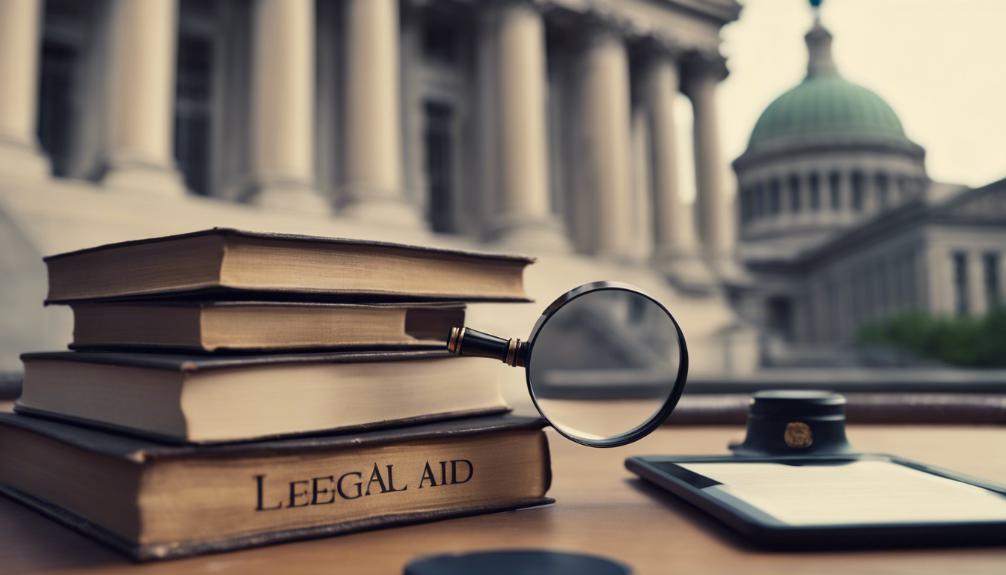
Accessing the right legal resources is a critical step in maneuvering the complexities of a personal injury lawsuit. These resources offer invaluable guidance through each phase, from initial filing to courtroom procedures. Legal Services Corporation (LSC) and State Bar Associations are primary sources for individuals seeking legal assistance, especially for those who might not afford private legal counsel. LSC provides support for low-income individuals, ensuring they have access to quality legal representation. State Bar Associations, on the other hand, offer directories of legal professionals, educational materials, and sometimes host legal clinics. Additionally, court websites present a wealth of information, including filing procedures, necessary forms, and guidelines for self-representation. Leveraging these resources can significantly enhance one's ability to navigate the legal system effectively.
Frequently Asked Questions
How Does a Personal Injury Lawsuit Affect My Insurance Rates?
A personal injury lawsuit may indirectly affect your insurance rates if it leads to a claim on your insurance policy. Insurers might increase premiums based on the perceived risk of future claims associated with the lawsuit.
Can I File a Personal Injury Lawsuit if the Injury Occurred While I Was at Fault?
Traversing the murky waters of personal injury law, one may wonder about their eligibility to file a lawsuit if they were at fault. Typically, the possibility depends on the specific laws and comparative negligence rules in your jurisdiction.
How Do I Manage My Day-To-Day Expenses While Waiting for a Settlement or Trial Outcome?
To manage day-to-day expenses while awaiting a settlement or trial outcome, consider exploring interim financial solutions such as personal savings, loans, insurance payouts, or lawsuit funding options, ensuring careful evaluation of terms and implications of each.
Are There Any Mental Health Support Resources for Individuals Going Through a Personal Injury Lawsuit?
Traversing the tumultuous waters of a personal injury lawsuit, one must not overlook their mental well-being. Yes, mental health support resources are available, including counseling services and support groups specifically designed for such challenging times.
What Are the Tax Implications of Receiving a Personal Injury Settlement or Award?
The tax implications of a personal injury settlement or award vary. Generally, compensatory damages for physical injuries are not taxable, but punitive damages and interest on the award may be. Consultation with a tax professional is advised.
Conclusion
To sum up, maneuvering the complexities of personal injury lawsuits demands a meticulous approach to preparation, evidence collection, and adherence to legal protocols. Successful litigation not only depends on understanding specific jurisdictional requirements but also on the strategic drafting of demand letters and effective maneuvering through the discovery phase. For instance, the landmark case of Liebeck v. McDonald's Restaurants highlighted the crucial role of evidence in establishing negligence. Ultimately, accessing robust legal resources and expertise is essential for individuals seeking redress for personal injuries.

This post has been generated by AI and was not reviewed by editors. This is Not legal advice. Please consult with an attorney.
![Types Of Evidence Presented In Personal Injury Lawsuits [2024] 29 evidence in personal injury](https://lawsuitlegit.com/wp-content/uploads/2024/03/evidence_in_personal_injury-150x150.jpg)
![Average Personal Injury Settlements [2023] 30 personal injury settlements overview](https://lawsuitlegit.com/wp-content/uploads/2024/03/personal_injury_settlements_overview-150x150.jpg)


